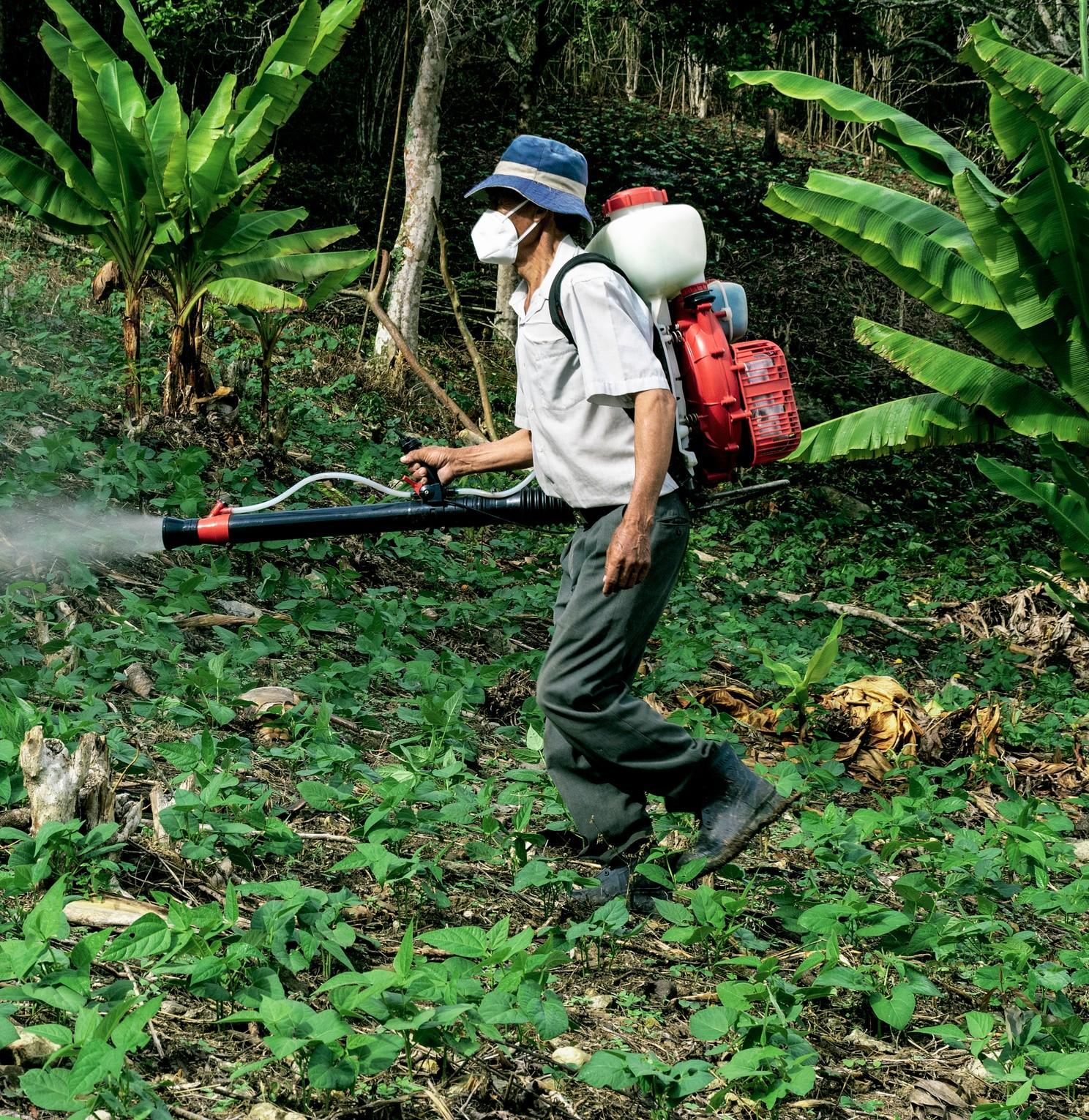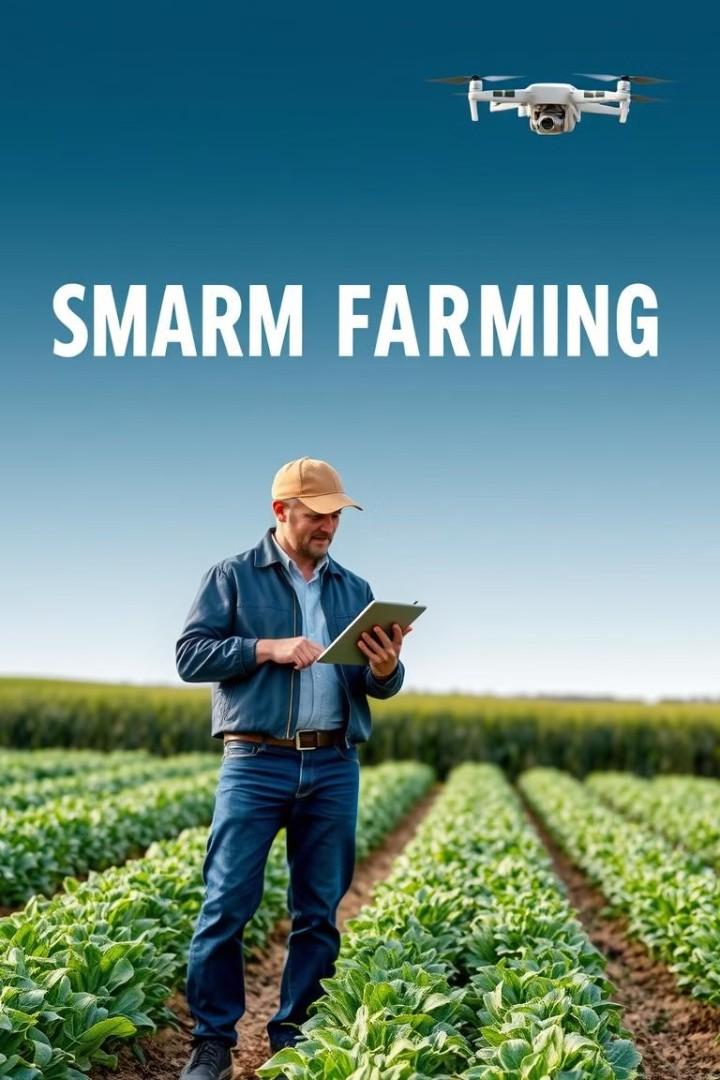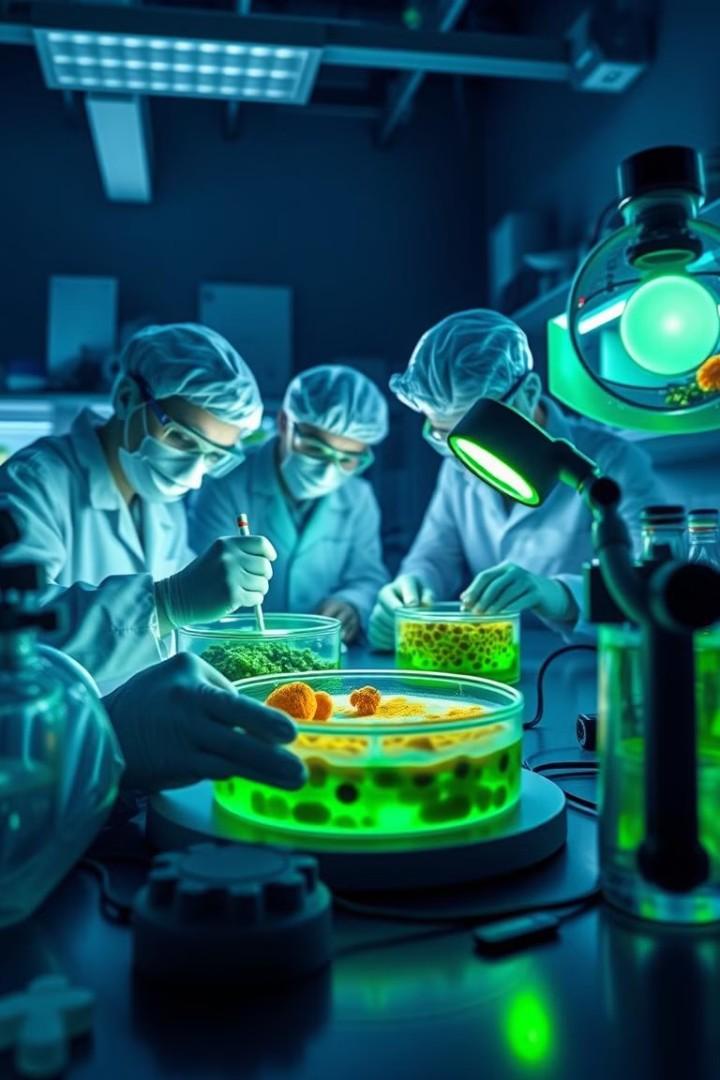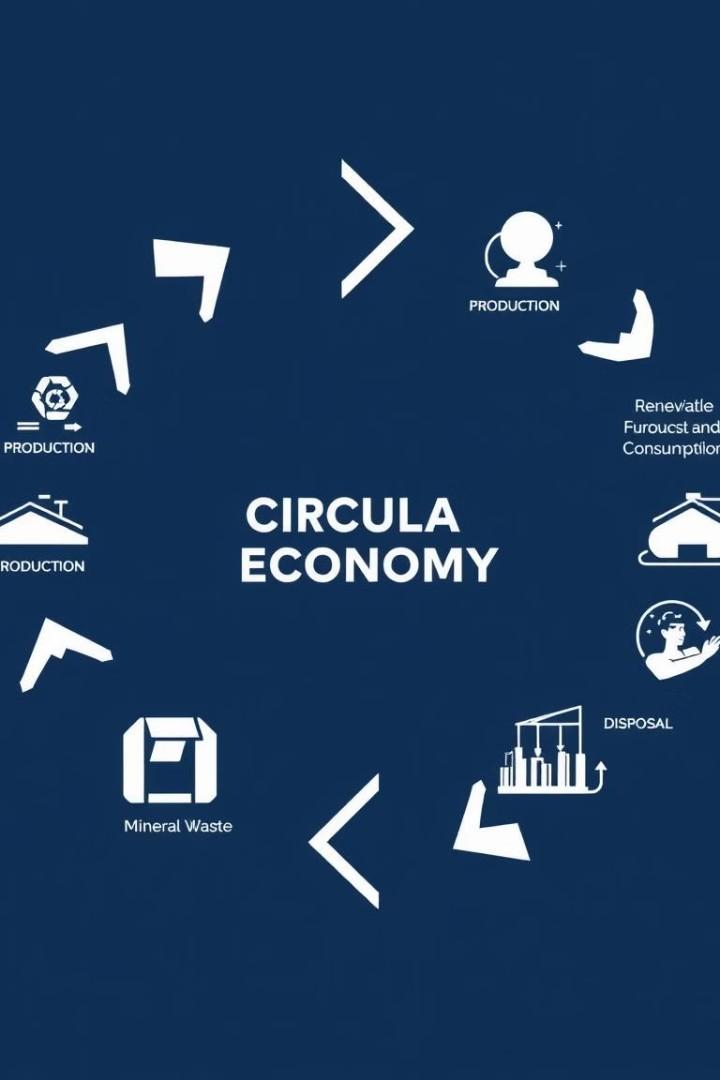

The Future of Agrochemicals: What's Next for Sustainable Crop Protection?
The future of agrochemicals depends on finding innovative crop protection solutions while minimizing environmental impact. This presentation explores emerging trends and technologies shaping the future of agrochemicals.




Trends Driving Innovation in Agrochemicals
1 Precision Agriculture
Data-driven farming techniques optimize resource use and minimize chemical applications.
2 Biopesticides and
Biostimulants
Naturally derived solutions provide effective crop protection with reduced environmental impact.
3 Circular Economy Principles
Waste reduction, recycling, and resource recovery are key to sustainable agrochemical production.



Precision Agriculture and Data-Driven Solutions

Sensors
Sensors monitor soil conditions, weather patterns, and crop health, providing real-time insights.

Drones
Drones are used for aerial imaging, targeted spraying, and precision fertilization.

Data Analysis
Advanced algorithms analyze data to optimize crop management and minimize chemical use.




Biopesticides and Biostimulants: The Rise of Natural Crop Protection
Microbial
Pesticides
Beneficial microbes suppress pests and diseases, offering a natural alternative to synthetic pesticides.

Botanical
Pesticides
Plant-derived compounds protect crops from pests and diseases, promoting sustainable agriculture.
Biostimulants
These natural products enhance plant growth, improve nutrient uptake, and boost stress tolerance.


Circular Economy Principles for Agrochemicals
1 Waste Minimization
Reducing waste from manufacturing and agricultural practices is essential for a circular economy.
2 Recycling and Reuse
Recovering and reusing valuable materials from agrochemical waste reduces resource depletion.

3 Renewable Resources
Harnessing renewable energy sources and utilizing biodegradable materials supports a circular economy.

Regulatory Shifts Towards Sustainable Farming



Stricter Regulations
Governments are implementing stricter regulations on agrochemical use to minimize environmental impact.
Incentives for Sustainable Practices
Financial incentives and subsidies encourage farmers to adopt sustainable farming methods.
Consumer Demand for Sustainable Products
Consumers increasingly prioritize purchasing sustainably produced food, driving industry change.



Collaborating for a Greener Future in Agriculture











